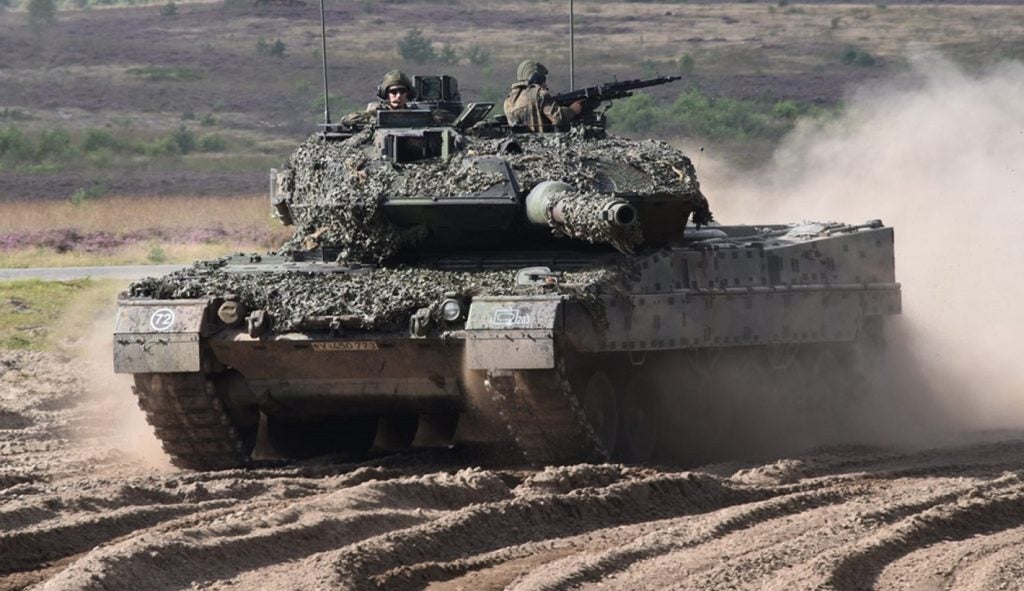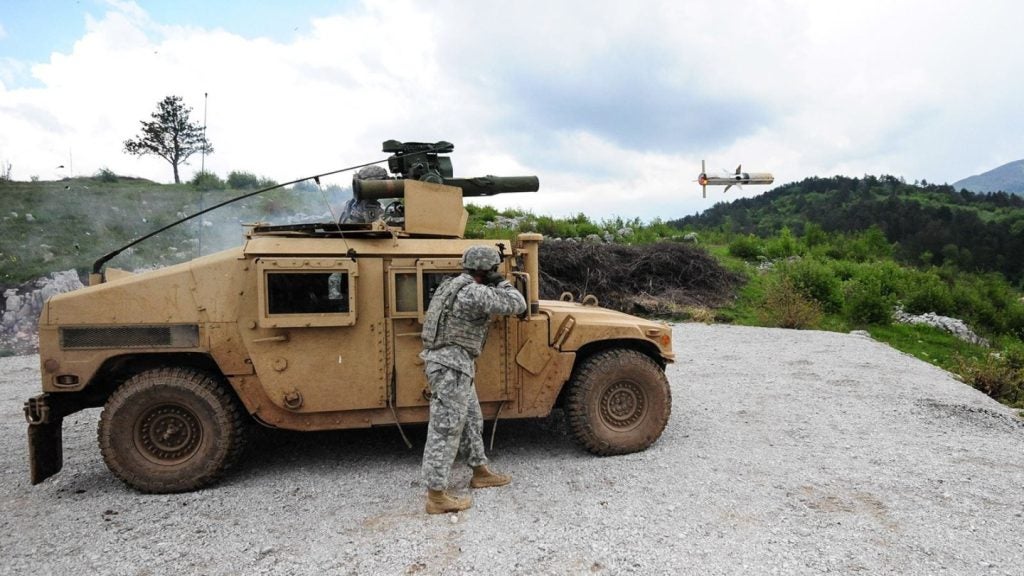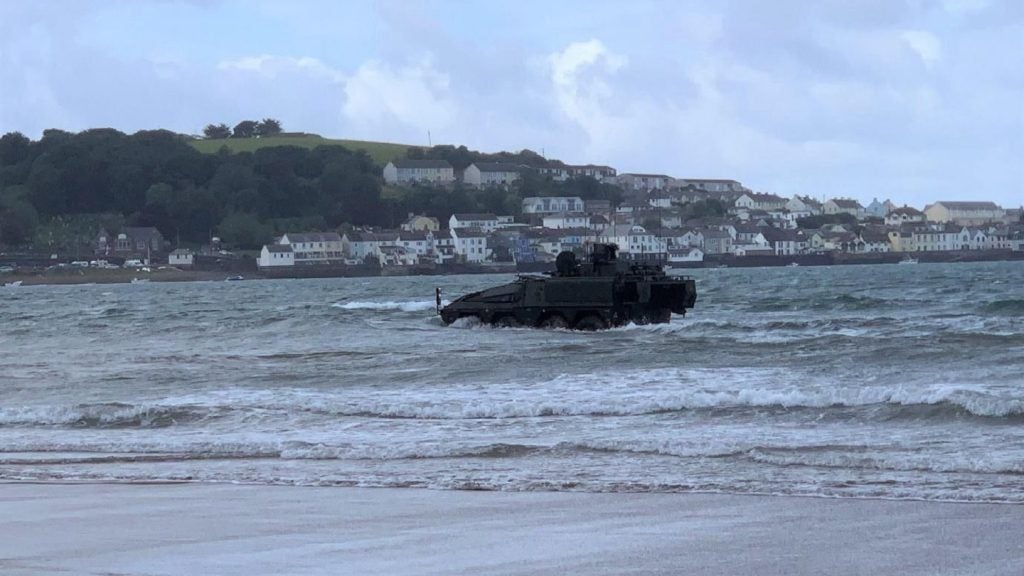The Indian Army is set to formally induct a domestically built marksmanship training system, called detection and hit visualisation using acoustic n-wave identification (DHVANI).
Manufactured by the Council for Scientific and Industrial Research (CSIR) and National Aerospace Laboratories (CSIR-NAL), the system has already completed rigorous field trials at army ranges in Bengaluru, Secunderabad, as well as at the Infantry School Mhow, India.
DHVANI is an advanced system based on the basic principles of gas dynamics and aero-acoustics, and perfects marksmanship skills by accurately determining the location of bullet impact and providing real-time feedback to operators.
Custom built to address Indian Army requirements at a lower cost, it uses a multi-functional interactive graphical user interface (GUI) on a MIL grade laptop to display the results in less than half a millisecond after firing.
In addition, a comprehensive database comprising personnel details, shots fired and performance statistics can be used for later analysis.
The army’s existing manual training system requires the marksman to fire shots at the target and subsequently walk up to the target to identify whether the shots were a hit or a miss, which is inconsistent, unreliable, inaccurate, and also has high turnaround times.
How well do you really know your competitors?
Access the most comprehensive Company Profiles on the market, powered by GlobalData. Save hours of research. Gain competitive edge.

Thank you!
Your download email will arrive shortly
Not ready to buy yet? Download a free sample
We are confident about the unique quality of our Company Profiles. However, we want you to make the most beneficial decision for your business, so we offer a free sample that you can download by submitting the below form
By GlobalDataOn the other hand, the foreign marksmanship training systems, mostly based on 1980s technology, are expensive as they are not customised for the Indian environment.
NAL director Shyam Chetty was quoted by The New Indian Express as saying: "The impact area of the bullet is assessed with the use of sensors, and the data is sent to a display unit fixed next to the shooter through wireless transmission."
Originally developed for army use, the system could potentially be used by paramilitary forces and also the sports sector. It is expected to enter mass production at an ordnance factory in the near future.








